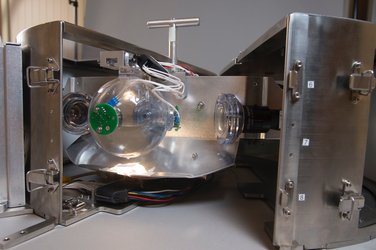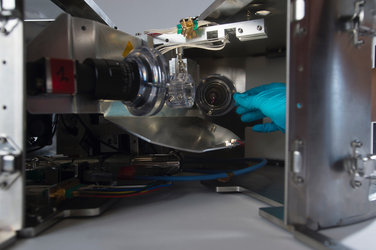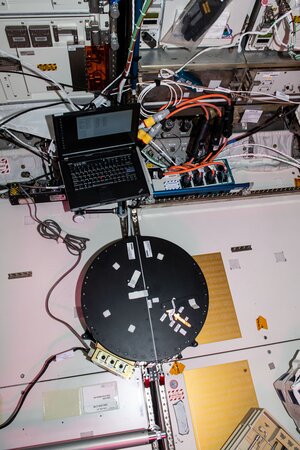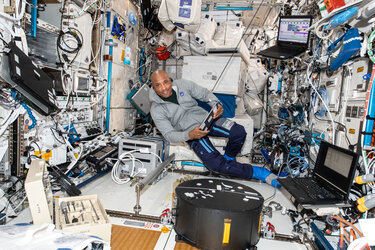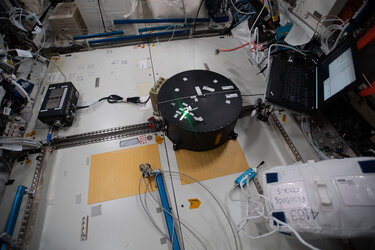
Sloshing in space
ESA astronaut Thomas Pesquet working in the Kibo laboratory of the International Space Station to verify how fluids behave in weightlessness.
Researchers can model and predict how water behaves on Earth, but without gravity things become even more complicated. The SPHERES-Slosh experiment has been using the Station’s volleyball-sized autonomous robots to observe how fluids move and behave inside containers. The experiment revealed some surprising results and researchers asked Thomas Pesquet to verify some of the observations in person so they could analyse the sloshing via video.
Thomas wrote: “Science is fun! Astronauts have a number of "voluntary science" experiments that we can perform outside of our normal working hours. Here I recorded some video of water in these tanks as it moves about inside, the technical term is sloshing. How fluids behave is hard to model in computers and predict how it will behave, let alone in space. But we need this information to build better spacecraft tanks to use every last drop and increase their working life.”
Thomas is spending six months on the International Space Station as part of his Proxima mission. During Proxima, Thomas will perform around 50 scientific experiments for ESA and France’s space agency CNES as well as take part in many research activities for the other Station partners. The mission is part of ESA’s vision to use Earth-orbiting spacecraft as a place to live and work for the benefit of European society while using the experience to prepare for future voyages of exploration further into the Solar System.
Connect with Thomas Pesquet: http://thomaspesquet.esa.int


